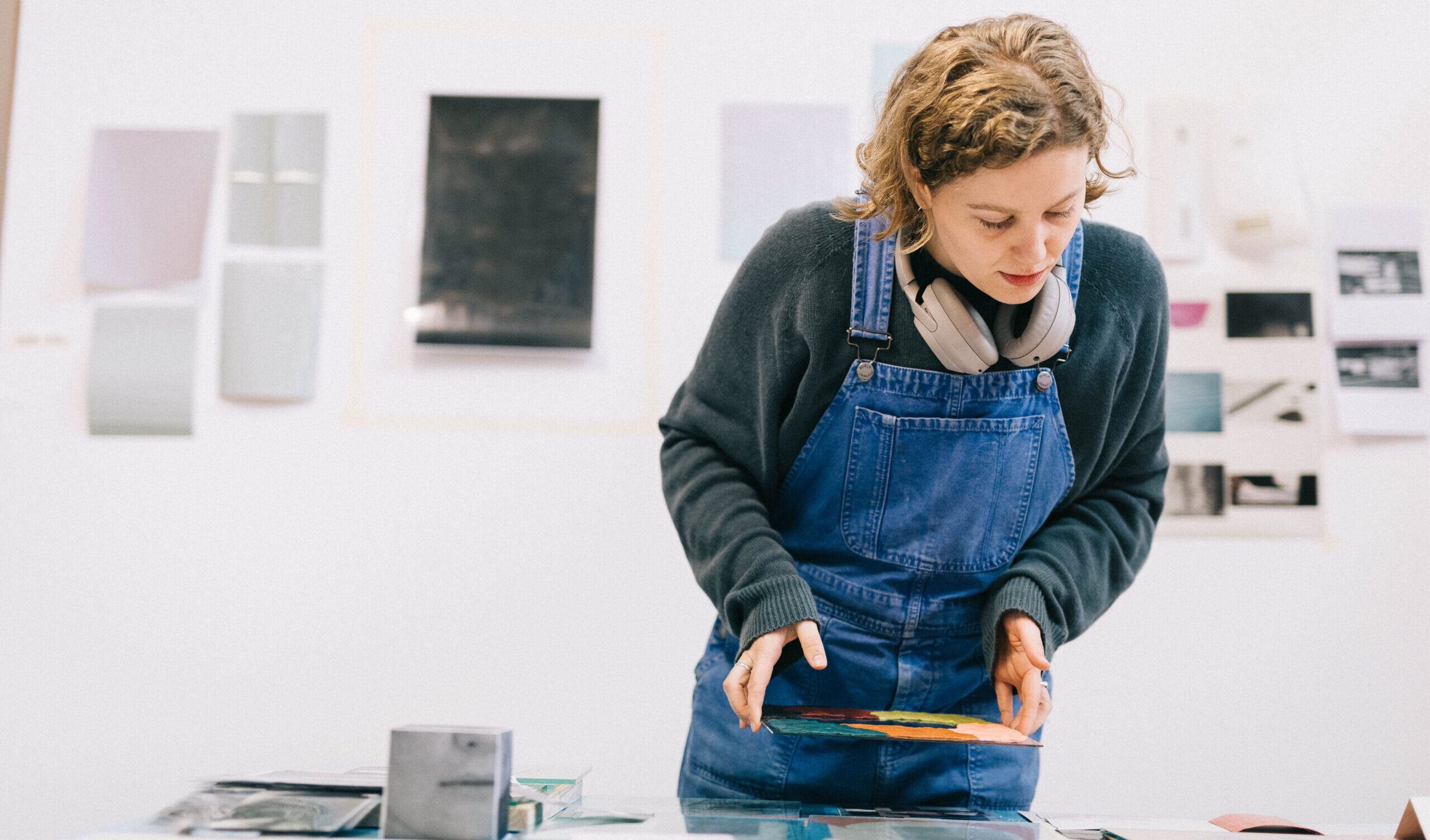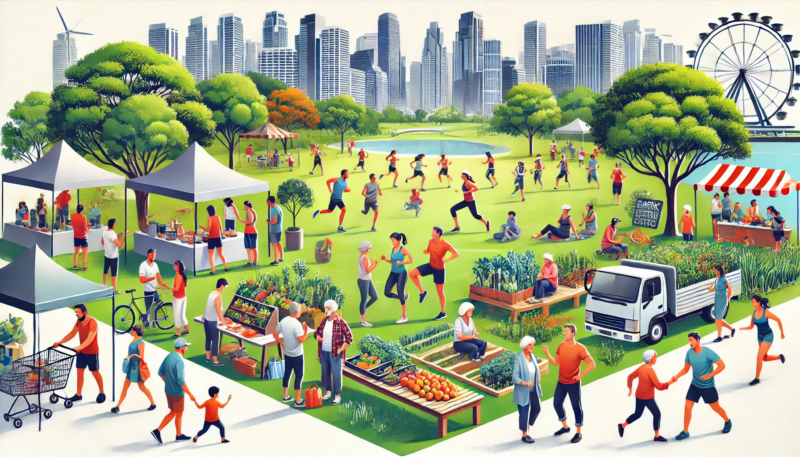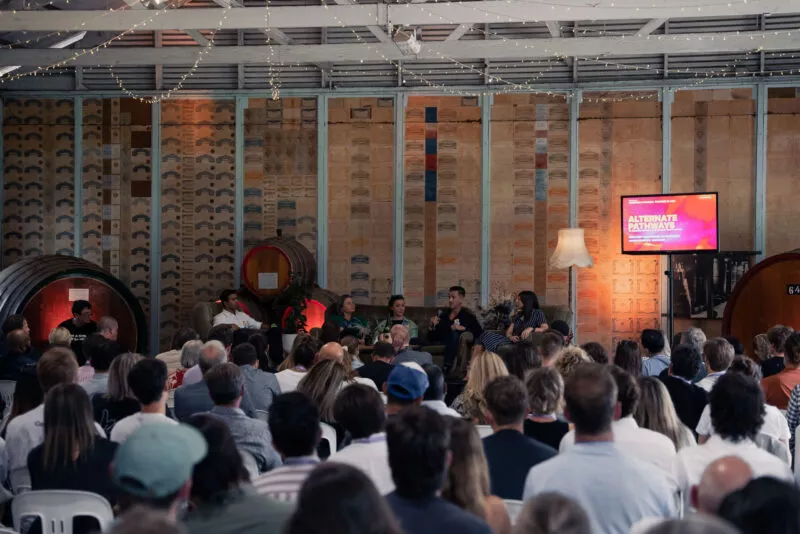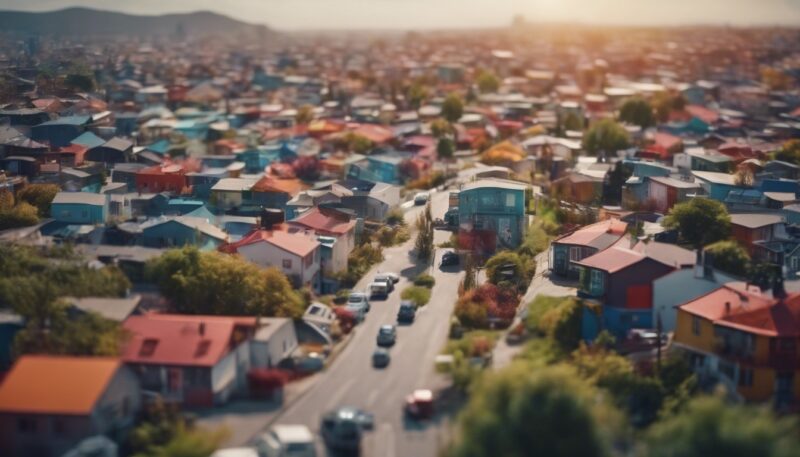Cecilia Tizard experiments with impermanence through analogue photography techniques
Emerging photographer Cecilia Tizard is set to debut her next serious of works at the final exhibition on the ACE gallery roster, Studios: 2022. Taking place on November 12 to December, the exhibition is a showcase of the diverse practices and work developed as part of ACE’s annual Studio Program – a fully supported professional development opportunity for South Australian artists.
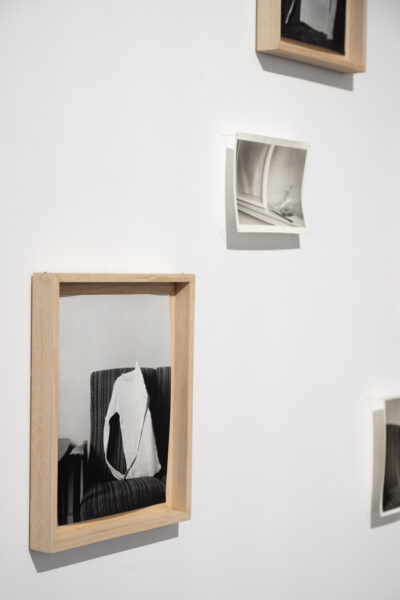
Cecilia earned her place in the program through the Helpmann Academy/ ACE Studio Residency Award, which she received at the 2022 Helpmann Academy Graduate Exhibition at the beginning of the year. She works across analogue photography and installation to create ‘images of objects and objects from images.’
Over the past year Cecilia has been experimenting with 60-year-old expired photographic paper, paper developers that are more environmentally safe and labour-intensive and technically challenging methods as she investigates ideas of process, time and care. For Studios: 2022, Cecilia takes the studio itself as a concept and source of inspiration.
Square Holes recently sat down with Cecilia to chat about her processes, exploration of impermanence and what comes next:
Square Holes: What sort of processes did you use in the making of this work?
Cecilia: This work is an accumulation of multiple processes- long exposure durational prints of my studio space, lumen prints and darkroom prints, as well as digital prints, and found image collage. I like to view this work as assemblages of time. Each of the processes in the work are representative of time in different ways. Ritual, repetition and contemplation play a huge role in my making.
Each of the durational prints are made by identifying the parallels in the physicality of laundry and photographic process. Instead of using traditional photographic chemistry, I’ve used substances that are traditionally used in cleaning and laundry (such as washing soda, starch and bleach) and manipulated the filmic surface (light-sensitive paper and film) to act in a similar way as if I were using traditional chemistry.
SH: You use a lot of labour-intensive analogue techniques and processes – why do you choose these over the digital route?
CT: I really value the physical intervention that analogue processes offer. I appreciate spending time with my objects- documenting subtle changes and observing their presence in different spaces. I think the only reason that I choose analogue processes over digital is the control that analogue offers me. I have full control over each step of the process when making an analogue work, allowing active and thoughtful choices along the way. In saying that, I still take a lot of chances in my making, I’ve just learnt the importance of recording everything that I do, so I can keep track of the infinite variables!
SH: What themes do you explore in your work?
CT: My practice is ritualistic and process driven; my ongoing work is centred around concepts of space, washing, labour, with an inherent and consistent dialogue of queerness and gendered practice.
My work is a conversation between myself and the material, I guess I toe the line between honouring and challenging traditional photographic practice. I find there to be so much sacredness in photography which stems from the fragility and precision of the medium, and I think there is a lot of fun to be had within such a rigid process. I’m really interested in the concept of scale and size within photography and tend to leave most of my prints untrimmed. There is an intimacy and joy in the preexisting format and size of photographic papers.
SH: So much of photography is about capturing a moment in time – however due to the nature of process that you use, your images will potentially change over time. What interests you about exploring this impermanence?
CT: The impermanence speaks to the nature of my practice at this point in time. I think part of that comes from not identifying as a “photographer”, I feel somewhat constrained by the confines of traditional photography, and I think the impermanence of my work is a reflection of that sentiment. That may change in time though.
I think I am more concerned with the way that I interact with the object, rather than its lifespan as a fixed image. Ultimately, I am interested in the way that light interacts with filmic surface, and this is why I don’t call myself a photographer. I view myself as a facilitator between materials (light and surface).
SH: How has the support of Helpmann Academy impacted your practice?
CT: Working with photographic mediums can be really expensive and difficult to source. I simply wouldn’t be able to create the work that I have this year without the support of the Helpmann Academy. I was lucky to receive the Helpmann Academy/Commonwealth Private award for excellence at the beginning of this year. This financial support has allowed me the time and freedom to properly engage in the early stages of this work. I was also awarded the Adelaide Contemporary Experimental/Helpmann Academy studio residency which has been nothing short of transformational for myself and my practice. I am thrilled to have worked alongside such incredible artists during my studio residency.
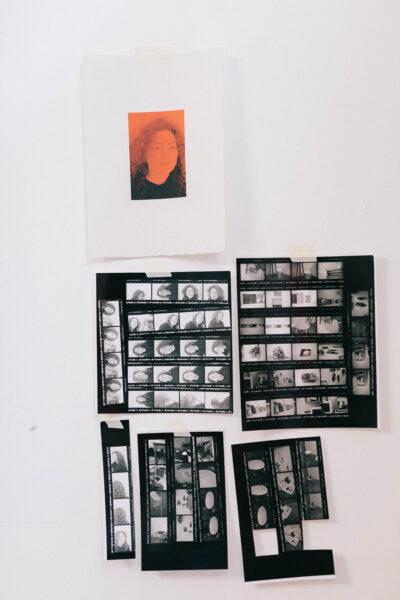
SH: What’s next?
CT: Nothing is set in stone yet but I have lots of exciting plans! I am in the process of finding a new studio and applying for grants. I have plans to collaborate with friends and make some really fun work. I want to make a slight (and probably brief) shift away from photography and learn some skills in sculpture once the studios:2022 show is over. I am sad to be moving out of ACE, but if 2023 is half as exciting and this year I will be very lucky!
Studios: 2022 will feature work by Cecilia Tizard and her fellow ACE 2022 Studios Program Artists Shaye D??ng, Chelsea Farquhar, Dani Reynolds, and Ash Tower. The exhibition runs from November 12 to December 17 2022, at ACE Gallery, Lion Arts Centre, North Terrace. Details here.
Square Holes has partnered with Helpmann Academy to provide insights through market research to evolve and fine tune its output since 2006.
